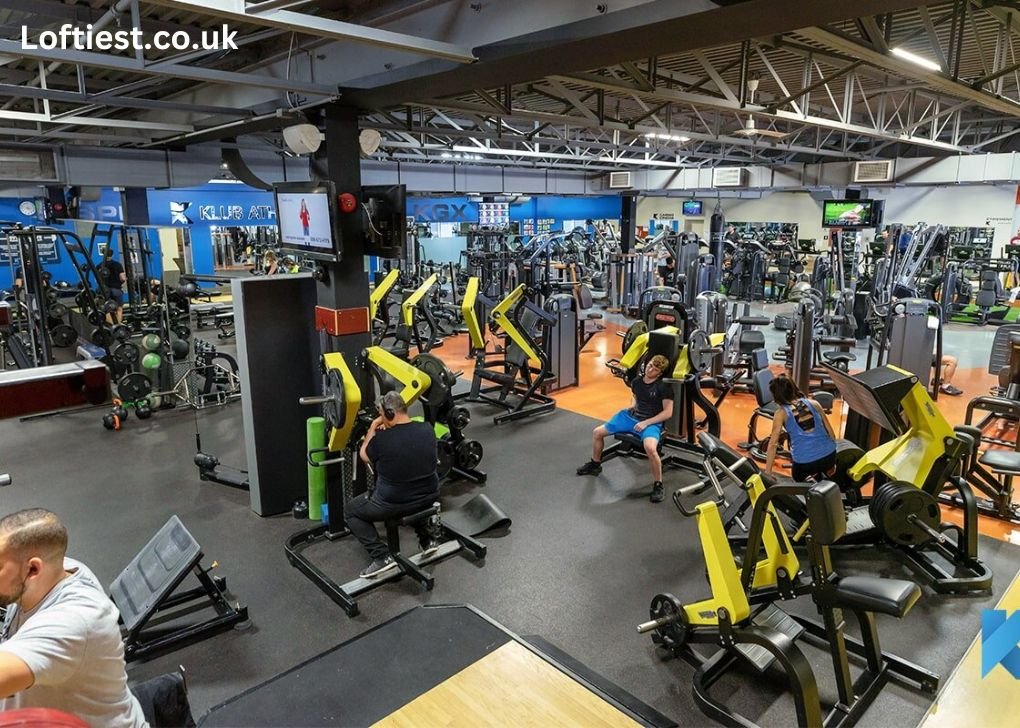Exercise and fitness are significant in everyone’s life, particularly for individuals with disabilities. Regular physical activity can contribute to overall well-being, promoting better health, increased mobility, improved mood, and heightened independence. However, for many disabled Australians, finding gym equipment that caters to their unique needs can be challenging. This blog will explore the world of accessible gym equipment designed to empower disabled individuals on their fitness journey.
The Significance of Accessible Fitness
Fitness and exercise should not be exclusive – it should be a priority for everyone, irrespective of their physical abilities. For disabled individuals, regular physical activity can provide an array of benefits. It can help manage weight, improve heart health, increase strength and flexibility, and significantly enhance mood. It’s also a powerful means of boosting self-esteem and providing a sense of accomplishment.
Access to inclusive fitness equipment and facilities can often be a challenge for those living with disabilities. Many mainstream gyms are not equipped to accommodate their unique needs. However, the good news is that the landscape changes and many companies and fitness facilities prioritize accessibility.
Understanding Accessibility in Fitness Equipment
So, what exactly makes gym equipment accessible? At its core, accessible fitness equipment is designed to accommodate a diverse range of physical abilities. It aims to provide a safe, effective, enjoyable workout experience for individuals with various disabilities.
Key Features of Accessible Fitness Equipment may Include
- Adjustable Components: The equipment can be modified to fit the user’s unique needs, whether it’s adjusting the height, resistance, or other elements.
- Easy-to-Read Displays: High-contrast, large displays make it easy for users to track their progress.
- Transfer Aids: These can help users safely move onto and off the equipment. They can be particularly useful for wheelchair users.
- Supportive Structures: Equipment such as handrails or harnesses might include extra support for stability and balance.
Understanding these features can help you make informed decisions when choosing accessible gym equipment.
Exploring Types of Accessible Gym Equipment
The world of accessible gym equipment is diverse and innovative. Here are some of the main types of accessible gym equipment:
Cardiovascular Equipment
Cardiovascular exercise is essential for maintaining a healthy heart and promoting endurance. Accessible cardiovascular equipment is designed to provide a great cardio workout while accommodating different abilities.
For example, handcycles are a fantastic option for individuals who may have limited use of their legs. They work the upper body while also providing a cardiovascular workout. Seated or recumbent ellipticals and steppers are another excellent option. These machines can provide a full-body cardio workout in a seated position, offering additional support and stability.
Strength Training Equipment
Strength training is beneficial for everyone, helping to build muscle, increase bone density, and improve balance. Accessible strength training equipment is designed to cater to various physical abilities.
Adjustable weight machines can be adapted to meet the user’s needs, and many models have transfer aids to assist wheelchair users. Resistance bands are also a versatile tool for strength training, as they can be used in various positions and exercises.
Balance and Flexibility Equipment
Balance and flexibility exercises are essential for maintaining coordination and preventing injuries. Some fitness equipment is designed to help improve balance and flexibility.
For instance, adaptive yoga mats and balance trainers are available for people with mobility issues. These mats often have textured surfaces to prevent slipping and provide additional support. Balance trainers can improve coordination and stability, which are important for overall mobility.
Tips for Selecting Accessible Gym Equipment
Choosing accessible gym equipment requires thoughtful consideration. To assist you in choosing wisely, consider the following advice.
Consider the User’s Needs and Abilities
When selecting equipment, it’s crucial to consider the user’s unique needs and physical abilities. For instance, an individual who uses a wheelchair may benefit from equipment with easy transfer aids, while someone with a visual impairment might need equipment with tactile or auditory features.
Consult with Professionals
It’s beneficial to seek advice from physical therapists, occupational therapists, or fitness professionals who are experienced in adaptive fitness. These professionals can provide valuable insights into the most appropriate equipment based on the individual’s needs, abilities, and fitness goals.
The Role of Accessible Gym Equipment in Fitness Programs
It’s equally important to incorporate this equipment effectively into fitness programs. This includes considering the individual’s fitness goals, the frequency of exercises, and ensuring a balanced program that includes cardiovascular exercise, strength training, and balance and flexibility exercises.
Fitness professionals can help design a program that maximises the benefits of the accessible gym equipment and caters to the individual’s needs.
The Landscape of Accessible Gym Equipment in Australia
Fortunately, the landscape of accessible gym equipment in Australia is evolving. Many local companies are making strides in this area, offering various innovative and inclusive fitness equipment. Brands like Accessible Gym Equipment Australia, Active Mobility Systems, and Para Mobility are leading the way in creating fitness solutions that cater to disabled Australians.
Whether you’re looking for cardiovascular equipment like handcycles and seated ellipticals, strength training gear such as adjustable weight machines and resistance bands, or balance and flexibility aids like adaptive yoga mats and balance trainers, these brands have covered you. They’re committed to ensuring that everyone, irrespective of their physical abilities, has access to the equipment they need to lead a healthy and active life.
Conclusion
The fitness world is becoming increasingly inclusive, and accessible gym equipment plays a significant role in this evolution. For disabled Australians, having access to the right equipment can empower them to take control of their physical health, boost their mental well-being, and enhance their overall quality of life. Whether you’re a fitness facility looking to become more inclusive, a caregiver seeking solutions for a loved one, or an individual with a disability embarking on your own fitness journey, understanding the options available can open up a world of possibilities. With the right information, support, and equipment, fitness becomes an empowering and inclusive endeavor.


